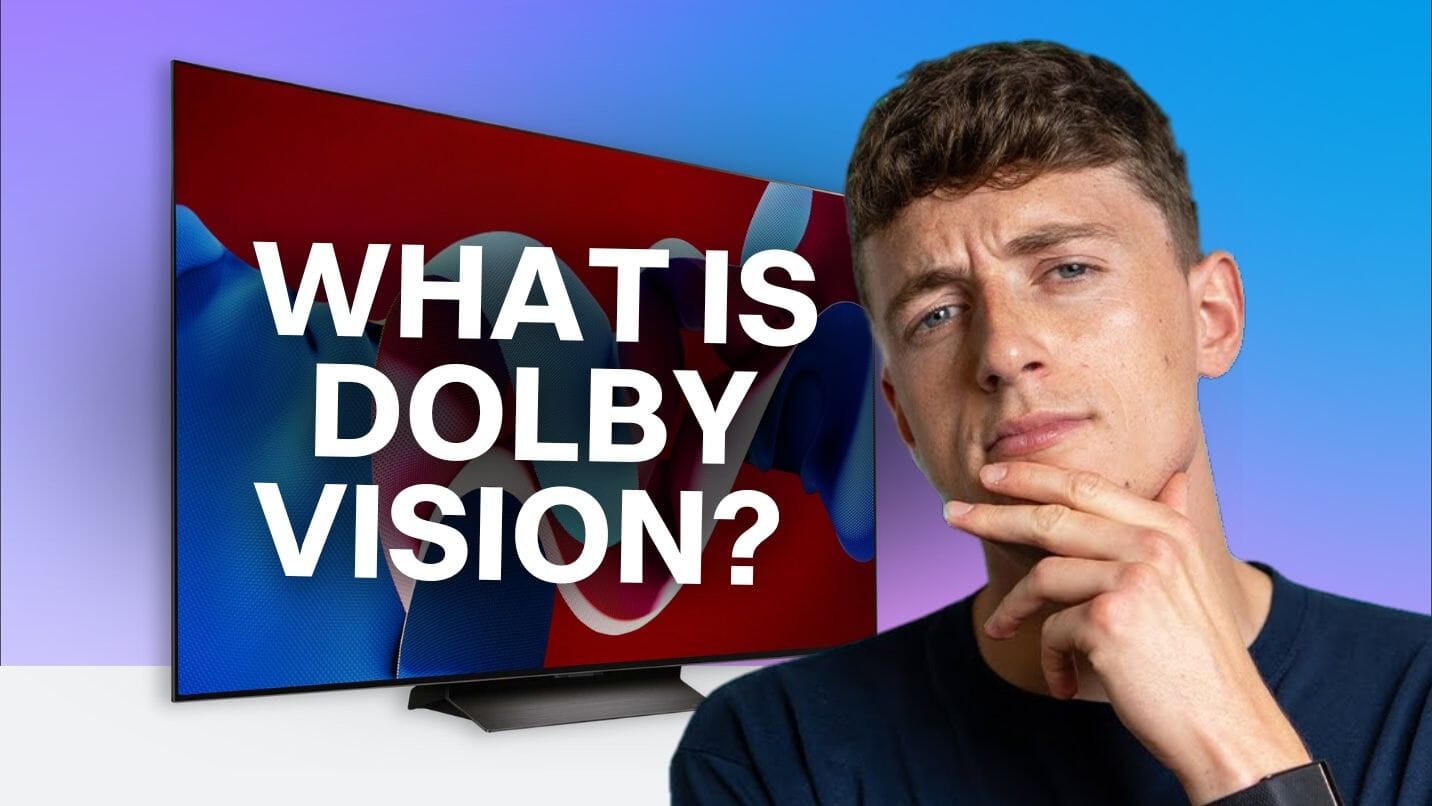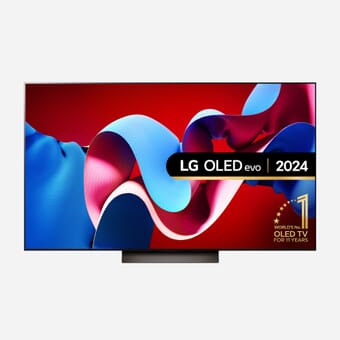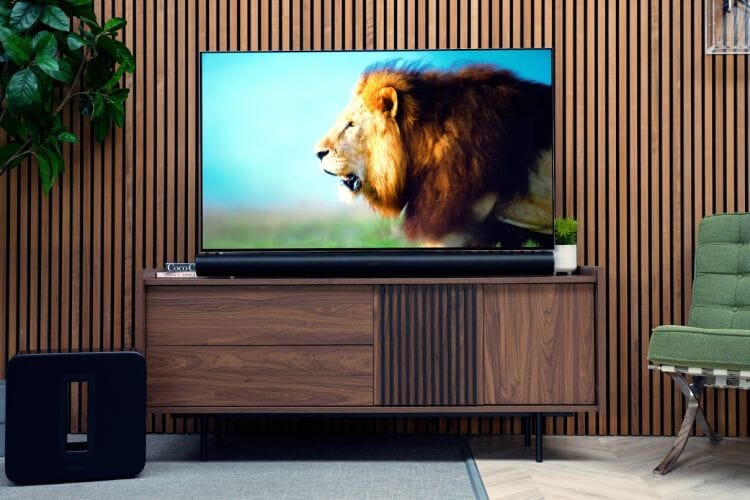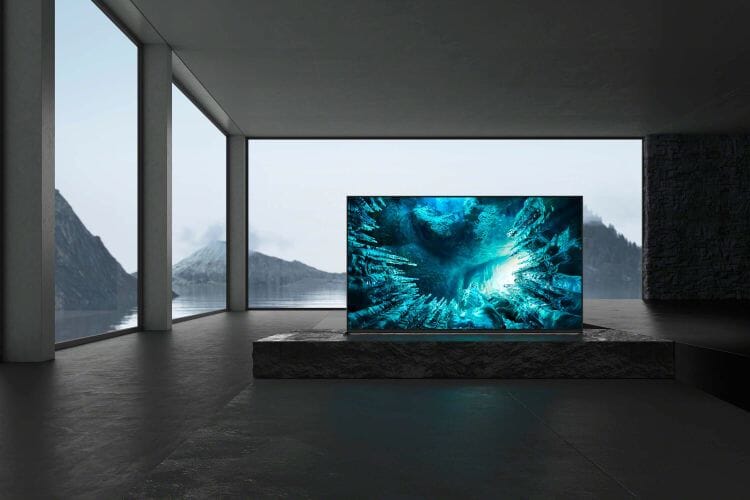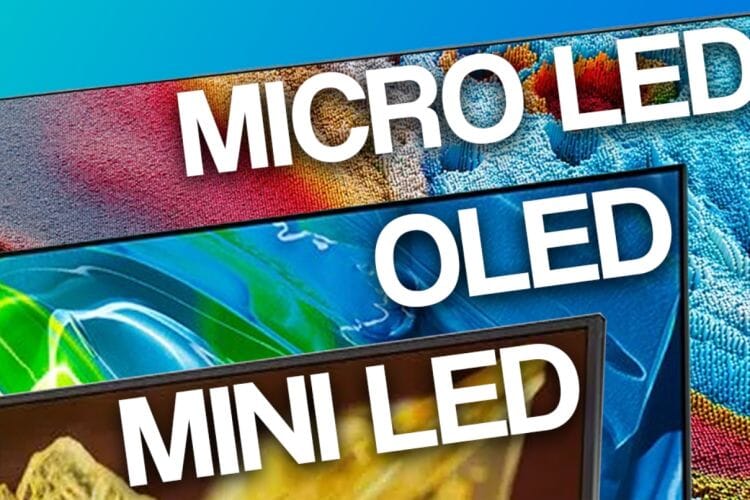Everything You Need To Know About The Latest HDR Technologies
If you’ve ever watched a film on your TV and felt like the colours, brightness, and details weren’t as vibrant as they could be, you might benefit from Dolby Vision.
This advanced display technology enhances picture quality, making images look more realistic, immersive, and true to how filmmakers intended. But what exactly is Dolby Vision, and how does it compare to standard HDR? Let’s find out! 👇
What is HDR?
Before diving into Dolby Vision, it’s important to understand HDR (High Dynamic Range). HDR improves image quality by increasing contrast, brightness, and colour accuracy. It enhances the difference between the darkest and brightest parts of a scene, making blacks appear deeper and highlights more vibrant.
How HDR Improves Picture Quality
- Brighter Highlights – HDR screens can display much brighter areas in a scene, such as sunlight or neon signs, making them look more realistic and vibrant.
- Deeper Contrast – Dark areas appear truly black, while bright areas remain clear and detailed, adding depth to the image.
- Expanded Colour Range – HDR expands the range of colours a screen can display, making reds, greens, and blues appear richer and more natural.
- Preserved Detail – More details are visible in both the brightest and darkest parts of a scene, ensuring clarity in shadows and highlights.
For viewers, this means a more immersive and lifelike picture, whether you’re watching a bright outdoor scene or a moody, dimly lit sequence.
What is HDR10?
HDR10 is the most widely used HDR format and serves as the industry standard for HDR content. It is an open-source format, meaning any manufacturer can use it without licensing fees.
HDR10 supports 10-bit colour depth, which allows for over a billion colours, and a peak brightness of 1,000 nits. However, one key limitation of HDR10 is that it uses static metadata, meaning the brightness and contrast settings remain the same for an entire movie or show rather than adjusting scene by scene.
How is Dolby Vision Different from HDR10?
Dolby Vision is an advanced version of HDR that takes these improvements even further. While HDR10 applies the same settings for an entire film or show, Dolby Vision adjusts brightness, contrast, and colour scene by scene, or even frame by frame, to deliver a more optimised viewing experience.
💡Good To Know: You might've also heard of HDR10+. This technology builds on standard HDR10 by using dynamic metadata too. This results in a more precise and immersive viewing experience, bringing out greater detail in both bright and dark areas compared to standard HDR10.
Key Differences Between Dolby Vision and HDR10
- Dynamic vs. Static Metadata – Dolby Vision uses dynamic metadata, adjusting settings for each scene, while HDR10 applies static metadata, using the same settings throughout.
- Colour Depth – Dolby Vision supports up to 12-bit colour, delivering smoother gradients and a wider colour range than HDR10’s 10-bit depth.
- Brightness Levels – Dolby Vision can handle peak brightness levels of up to 4,000 nits, compared to HDR10’s 1,000-nit cap, making highlights more dazzling.
- Compatibility and Licensing – HDR10 is open-source and supported by nearly all HDR-capable displays, while Dolby Vision requires licensing and specific hardware support.
Why Choose Dolby Vision?
For users, Dolby Vision provides a superior home entertainment experience with better contrast, richer colours, and enhanced detail. Here’s why you might want to consider Dolby Vision:
- Cinematic Quality at Home – See films and shows as the creators intended, with precise colour and brightness adjustments.
- Growing Content Availability – Streaming services like Netflix, Disney+, and Apple TV+ support Dolby Vision, offering a vast library of compatible films and shows.
- Future-Proofing – As more content and devices adopt Dolby Vision, investing in a compatible setup ensures you stay ahead of the curve.
How to Enjoy Dolby Vision
To take full advantage of Dolby Vision, you’ll need:
- A Dolby Vision-Compatible Display – Many high-end TVs and projectors now support Dolby Vision. Check specifications before buying.
- Dolby Vision Content – Available on streaming services, 4K Blu-rays, and some video games.
- Supporting Devices – Ensure your streaming stick, Blu-ray player, or gaming console is Dolby Vision-ready.
Final Thoughts
Dolby Vision represents a major step forward in home entertainment, delivering breathtaking visuals that elevate your viewing experience. Whether you’re watching a blockbuster film, streaming your favourite TV show, or gaming in 4K, Dolby Vision ensures that every scene looks as good as possible.
With a growing number of devices and content supporting Dolby Vision, now is the perfect time to upgrade your setup and enjoy a truly immersive visual experience.
Other Useful Content
Blog: QLED vs OLED: Everything You Need To Know
Video: TV Panel Type Buying Guide: OLED vs QLED vs QNED vs Micro LED vs Mini LED & More
Blog: Full Array LED vs OLED: Everything You Need To Know
For more information about TVs, or any other products, get in touch and one of our Tech Guides would be happy to help!
| info@smarthomesounds.co.uk | |
| Live Chat on our Website | |
| 0800 677 1100 |
Why buy from Smart Home Sounds? We offer Lowest Price Guarantee, Free Next Day Delivery* and 0% Finance Available. Looking for more personal advice? Contact our team of experts today. Shop TV


